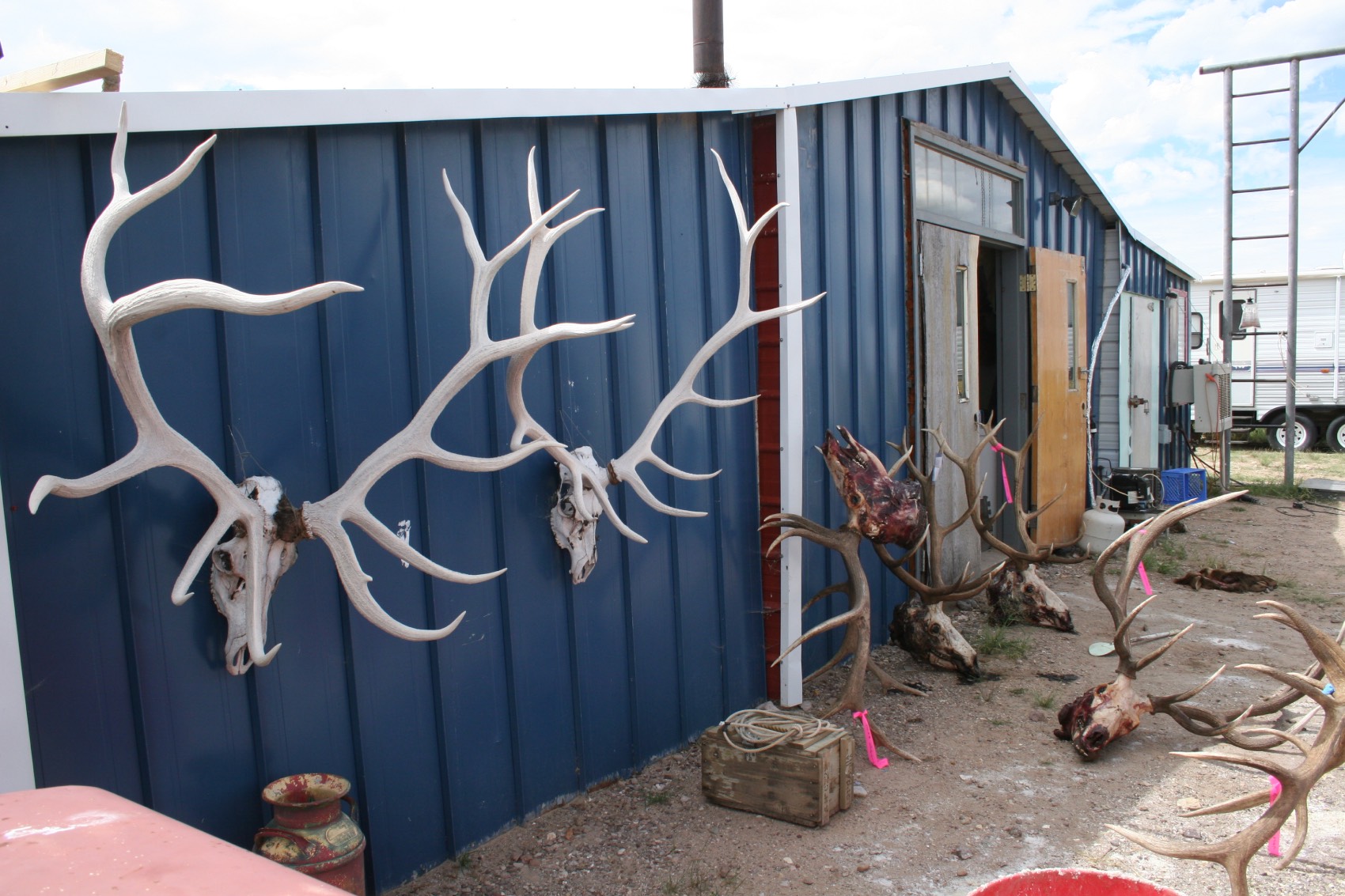Greg Tinsley
James Douglas Easton's Aluminum Arrows
That the arrow is more important than the bow has remained a common refrain among their operators for approximately 182 centuries. When ranking humankind‘s most-powerful family of tools, the quality hunting arrow maintains exceptional positioning.
To write briefly about the development of modern arrows one may start (and stop) at the campfire of Easton Technical Products.
During the fall of his 15th year – enjoying a breather from a hunt in the hills near his home in Watsonville, California – James Douglas Easton took a close-range column of birdshot to both legs. The accidental discharge that struck him in 1921 was the result of a common gun-safety mistake.
Young Easton’s favorite book during his long hospitalization and recuperation was the recently published “Hunting with the Bow and Arrow” by Dr. Saxton T. Pope. Using information found therein, as soon as he was able, Easton began making his own yew-wood bows and arrows from cedar and pine. Only a couple of years later, while enjoying a fine round of competitive archery at Golden Gate Park in San Francisco, a fellow enthusiast began oohing and ahhing at Easton’s remarkable handmade tackle. With formal introductions, Easton was surprised to learn that the admirer was his hero, Doc Pope, arguably the Father of the American bowhunting movement.
Two decades thereafter, using Easton’s experimental aluminum arrows, Larry Hughes won the National Championship of 1941. The success of his 24SRT-X aluminum arrow shaft eventually allowed Easton to hire his first two fulltime employees in 1956.
Today there are several terrific manufacturers of arrows, with carbon-impregnated fiber tubes dominating the market. The constant: Doug Easton’s startup from a century ago remains the vanguard.
That Easton has only dabbled in broadhead manufacturing – the premium hunting arrow’s exclamation point – makes for an interestingly transitional footnote. One may assume that Easton, now an enormous player in several sporting arenas, simply has had little appetite for this crowded, hyper-specialized subset.
Foundational to broadhead selection are (1) strength, (2) the area of surgically sharp cutting surfaces and (3) aerodynamics – a feature package that’s become the art and science of today’s best big-game hunting heads. Among elite bowhunters there remains at least one consensus to the selection of broadheads: shooting them, prior to hunting with them, is vital.
Mechanical Release Aids, Bowsights and Rangefinders
During the end of medieval technical age, that blip in the continuum near the arrival of cable television, at best, bowhunters considered mechanical release aids and bowsights to be frivolous gadgets. But as the 1970s closed, bowhunting tilted to these “freestyle” ways and means and never again checked its back trail. Applying releases and bowsights to compound bows and space-age arrows produced exponential, comparatively stunning, off-the-shelf accuracies. Arrow-shooting proficiencies for hunting, which had previously required many months or years of training were now theoretically attainable in only a few weeks.
Scottish engineer, chemist and super-inventor James Watt introduced the first mechanical rangfinding device in 1769. During that same period, Watt’s steam engine put the revolution in the Industrial Revolution. The polymath’s primitive copy machine was the staple of international business for more than two generations.

Some would say that the giant bulls of the West epitomize the sweet spot of needle-eye accuracy, which is best served with the ultra-compound, a $150 arrow and a dope accessory, like the laser rangefinding binocular. A few well-trained romantics still prefer the more ancient, bone-on-wood ways of traditional tackle. To each his own.
A sturdy, accurate and compact version of the coincidence rangefinder finally sifted onto the public square of bowhunting about 215 years later, during the 1980s. And even before that form was broadly receiving its due, it was killed off by the advent, and the subsequent miniaturization, of the palm-size laser rangefinding machines enjoyed today.
By any measure, the preeminent accuracies of push-button rangefinders is both king and capstone of all of the current, the most notable, shooting accessories for bowhunting.
Hunter and Brett McCool with Brett’s terrific mixed bag from public land in Mississippi. Several years later, the pair has undoubtedly refreshed their bows and arrows to newer pieces. But the shooting technologies represented here during that magical hunt for a “Kudzu King” remain very consistent with bowhunting tackle present and the future.



























